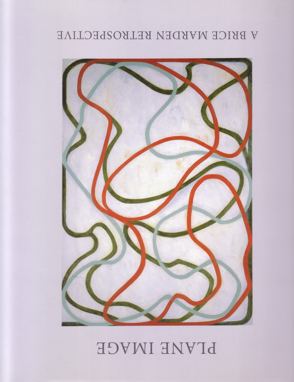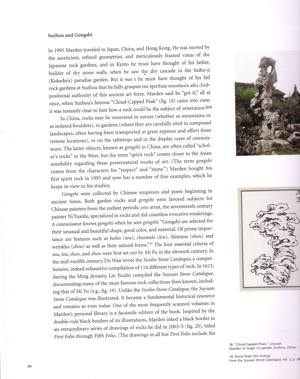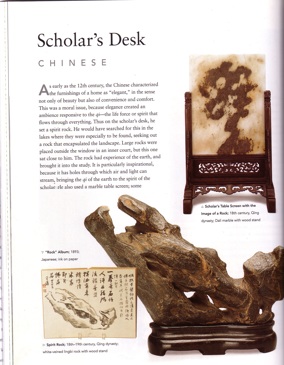A Chinese saying has it that, “A garden without scholars’ rocks cannot be beautiful, and a room without a scholars’ rock lacks elegance.” To make the studio, or any creative or meditative space, elegant and “shine,” to quote the famous Song calligrapher Mi Fu (1051-1107), a scholars’ rock appropriately displayed is an essential decorative element. As a general rule, scholars’ rocks can be displayed in the same manner as other sculptural pieces. However, an important additional consideration stems from the fact that scholars’ rocks are a natural art form, intimately connected with the formation of the earth and thus a witness to all history. As such, a scholars rock brings a spiritual dimension to its environment and this dimension should be allowed to be readily appreciated, even enhanced…
Here’re a few pictures and we encourage you to submit pictures of your scholars’ rock in your home or office to share!






